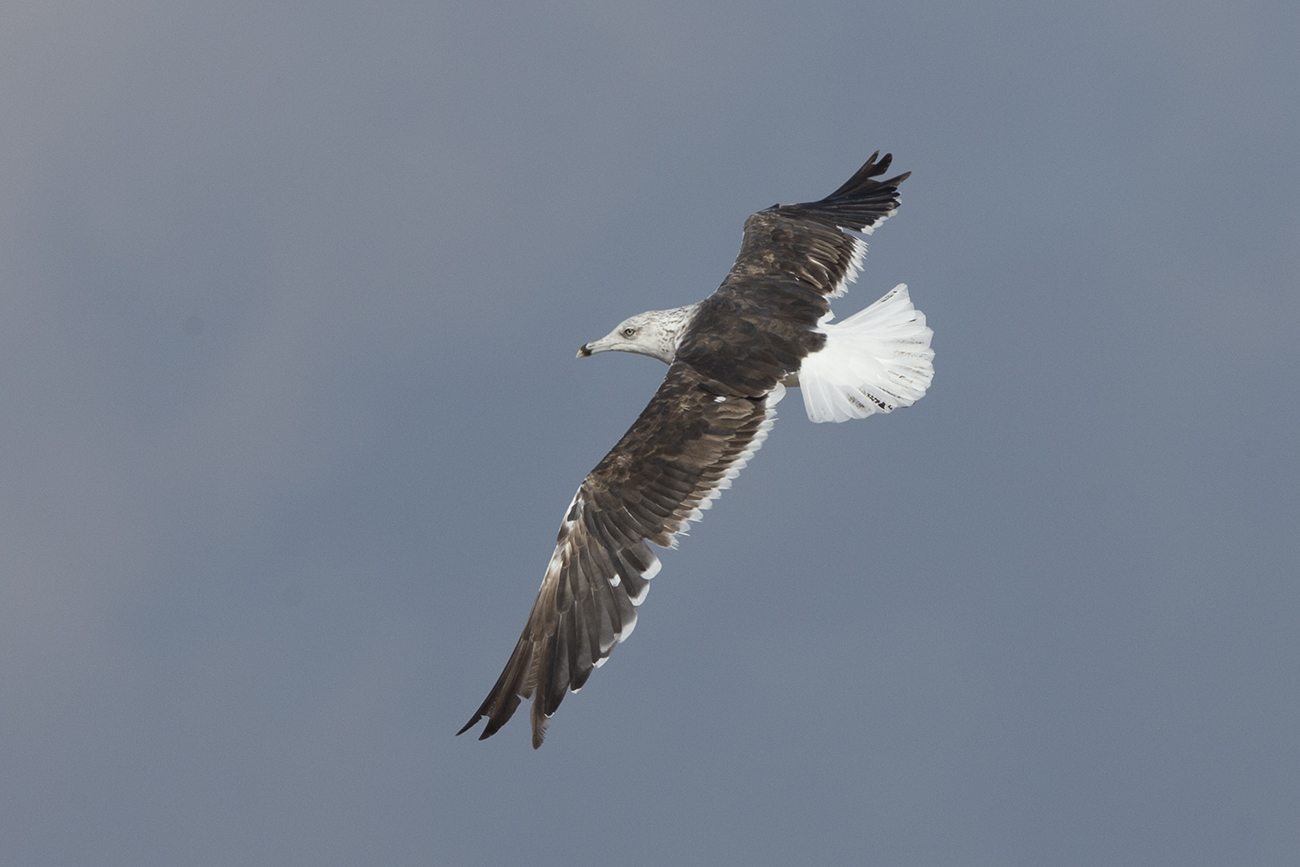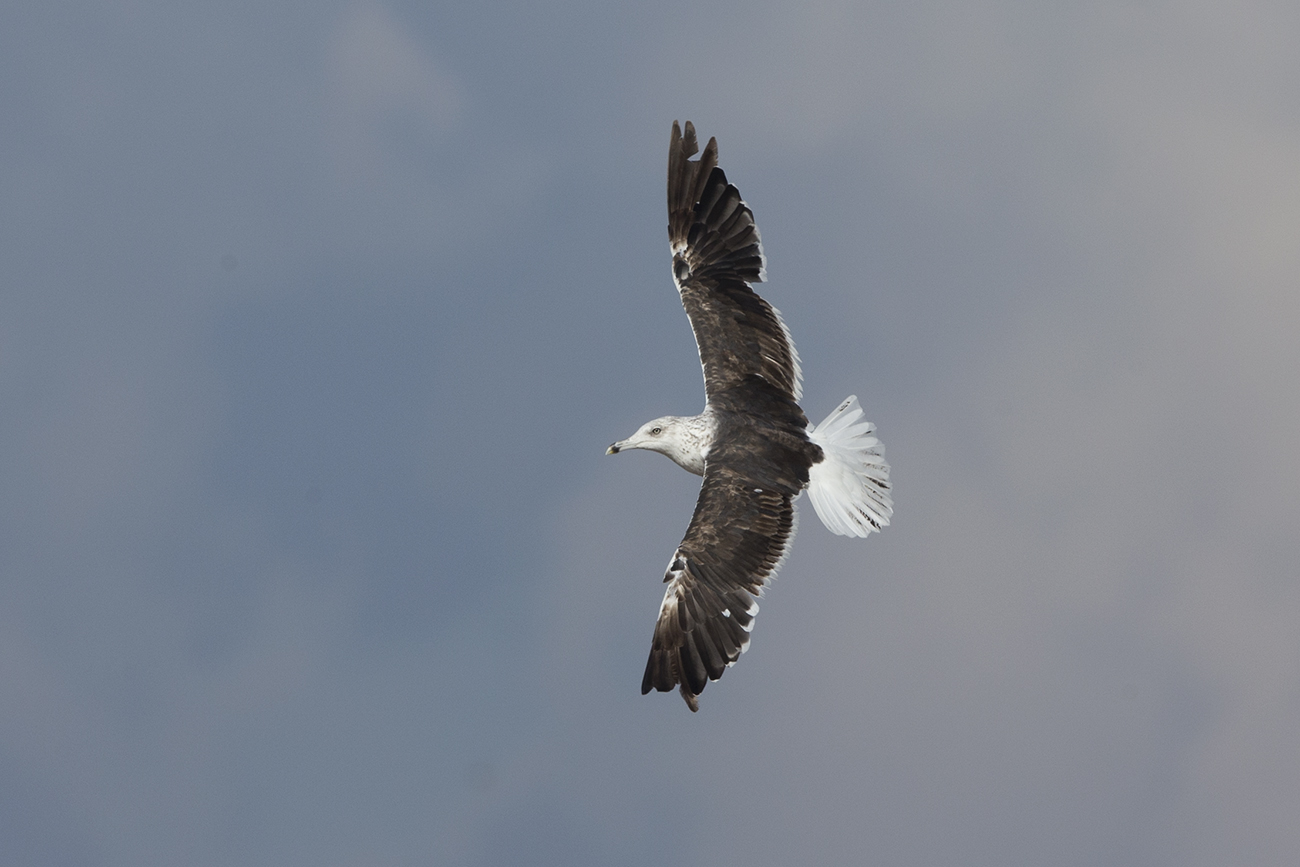 nominate Lesser Black-backed Gull (L. f. fuscus)
nominate Lesser Black-backed Gull (L. f. fuscus)
(last update:
Amir Ben Dov (Israel)
Hannu Koskinen (Finland)
Mars Muusse (the Netherlands)
fuscus 1cy July
fuscus 1cy Aug
fuscus 1cy Sept
fuscus 1cy Oct
fuscus 1cy Nov
fuscus 1cy Dec
fuscus 2cy Jan
fuscus 2cy Feb
fuscus 2cy March
fuscus 2cy April
fuscus 2cy May
fuscus 2cy June
fuscus 2cy July
fuscus 2cy Aug
fuscus 2cy Sept
fuscus 2cy Oct
fuscus 2cy Nov
fuscus 2cy Dec
fuscus 3cy Jan
fuscus 3cy Feb
fuscus 3cy March
fuscus 3cy April
fuscus 3cy May
fuscus 3cy June
fuscus 3cy July
fuscus 3cy August
fuscus 3cy Sept
fuscus 3cy October
fuscus 3cy Nov
fuscus 3cy Dec
fuscus 4cy Jan
fuscus 4cy Feb
fuscus 4cy March
fuscus 4cy April
fuscus 4cy May
fuscus 4cy June
fuscus 4cy July
fuscus 4cy Aug
fuscus 4cy Sept
fuscus 4cy Oct
fuscus 4cy Nov
fuscus 4cy Dec
fuscus ad Jan
fuscus ad Feb
fuscus ad March
fuscus ad April
fuscus ad May
fuscus ad June
fuscus ad July
fuscus ad Aug
fuscus unringed Aug
fuscus ad Sept
fuscus ad Oct
fuscus ad Nov
fuscus ad Dec
Larus fuscus fuscus 3CY, December 06 2013, Ashdod, Israel. Picture Amir Ben Dov.
Bird in active moult, probably Staffelmauser; illustrative bird to explain the presence of moult divisions in returning birds in spring.
3rd gen tail. 3rd gen secondaries.
Presumed moult stage: P1 new, P2 growing. P3-P6 fresh, P7 missing/growing (note the distance in the step between P6-P8, and see tip of P7 in right wing, 2nd image), P8-P10 old (probably 2nd gen lacking mirror on P10). If this presumed moult stage is correct, it may help explaining moult divisions in returning birds in spring (about 5 months from here): if the moult in the outerwing continues up to P10 these outer primaries will appear quite fresh in spring, with P10 fully grown approximately by February. This is also the time span which will take the inner moult wave (now at P2) up to P6 or P7, maybe P8. It seems logic to conclude the wear and condition between the feathers on both sides of the moult division will not differ much, with the outer feathers only slightly older than the very fresh last feather replaced in the inner moult wave. And this is exactly a pattern we seen in many returning fuscus fuscus in spring, especially in3CY but also in some 4CY birds. E.g.: 3CY KJX7, C10H, 4CY HT221339.

